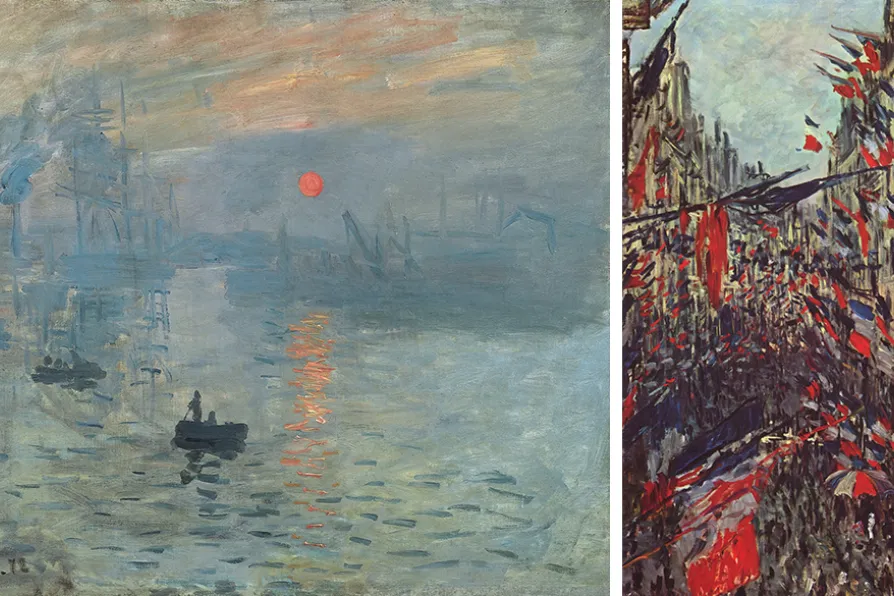GEOFF BOTTOMS appreciates the local touch brought to a production of Dickens’s perennial classic

 (Left) Impression, Sunrise, 1874; (right) La rue Saint Denis - street festivities of 30 June 1878, Paris
(Left) Impression, Sunrise, 1874; (right) La rue Saint Denis - street festivities of 30 June 1878, Paris
IN 1874, three years after the bloody and traumatic demise of the Paris Commune, Claude Monet — son of a Parisian greengrocer — showed his work at group exhibition in Paris of like-minded painters.
His canvas, laconically titled Impression, Sunrise, depicts in swift and almost off-hand brush strokes the hazy view of the port of his adopted city Le Havre, as seen from his window at a dawn enveloped by dense fog.
The canvas's title provided the Le Charivary magazine’s art critic Louis Leroy's with the headline “The Exhibition of the Impressionists” for the review — not particularly imaginative, except for the neologism “impressionists.” It stuck like glue.

LOUISE BOURDUA introduces the emotional and narrative religious art of 14th-century Siena that broke with Byzantine formalism and laid the foundations for the Renaissance













